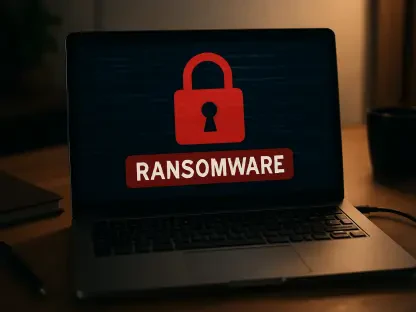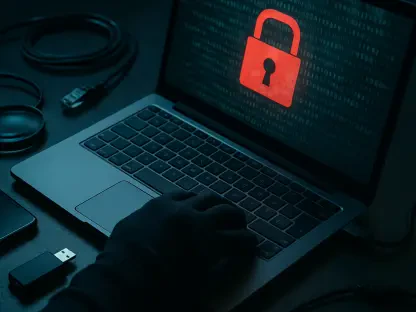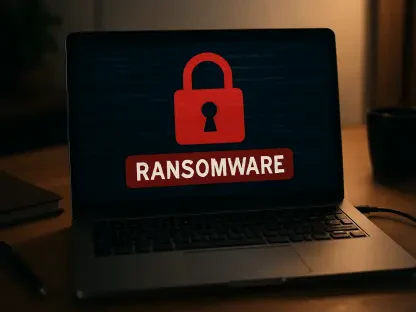On October 15, 2024, Cisco faced a significant security incident involving unauthorized access to its DevHub portal, accentuating the ongoing challenges organizations encounter in balancing transparency with security, especially when managing potentially sensitive breaches. The breach put a spotlight on concerns regarding both security and customer trust, raising questions about how well-prepared companies are to handle such incidents.
Initial Discovery and Response
Cisco’s response to the breach was immediate and aimed at reassuring its customers. On October 15, the company issued a public statement acknowledging reports of unauthorized access to specific company data and customer information. Cisco made it clear that at that point, they had “no evidence of our systems being impacted” and had engaged law enforcement to aid in the investigation. This prompt action illustrated Cisco’s commitment to addressing the situation head-on and maintaining customer confidence.
However, the hacker group known as IntelBroker provided a contradictory account that raised eyebrows within the cybersecurity community. IntelBroker claimed to have accessed Cisco’s systems through an exposed API token in a third-party developer environment. They went further to allege access to various sensitive files including source code, database credentials, technical documentation, and SQL files. This diverging narrative from IntelBroker raised serious questions about the true extent of the breach and whether Cisco’s initial response was sufficient to fully comprehend and address the gravity of the situation.
Further Developments and Findings
On October 18, Cisco updated its findings and offered more insight into the breach. The company disclosed that the compromised data resided on a public-facing DevHub portal, a resource center designed to distribute software code and scripts for customer use. Cisco clarified that although “a small number of files that were not authorized for public download may have been published,” there was no evidence that sensitive personal data, such as personally identifiable information (PII) or financial records, had been compromised. As a precautionary measure, the company disabled public access to the DevHub portal to continue investigating the incident.
Despite these efforts to address the breach, IntelBroker critiqued Cisco’s handling of the situation. The hacker group expressed frustration over Cisco’s public statements which, according to them, downplayed the severity of the breach. They suggested they had ongoing access to the DevHub environment until Cisco took the portal offline. Furthermore, IntelBroker escalated the situation by selling the stolen data on a hacking forum, thereby intensifying concerns regarding the long-term risks associated with this breach. Their actions underscored the potential for ongoing vulnerability and the broader implications of stolen data being used maliciously in the future.
Expert Opinions on Security Implications
Cybersecurity experts have chimed in on the situation, providing crucial insights into the possible dangers posed by the breach, even though Cisco’s most critical systems appeared not to be directly affected. Eric Schwake, Director of Cybersecurity Strategy at Salt Security, stressed the importance of addressing vulnerabilities in public-facing environments. He noted that even if compromised environments were intended to be public, exposing sensitive information such as source code, credentials, and API tokens could lead to severe security repercussions. Attackers could exploit these exposures to gain further access and eventually target more sensitive systems.
Schwake also highlighted the necessity of robust API security, particularly in environments similar to Cisco’s DevHub portal. He underlined the importance of strong authentication and authorization processes, maintaining a full API inventory, establishing API posture governance controls, and continuously monitoring and detecting threats to prevent unauthorized access and data breaches. The insights provided by cybersecurity experts like Schwake accentuate that even environments meant to be somewhat public require stringent security measures to counteract potential threats and vulnerabilities effectively.
Long-Term Impact on Customer Trust
Jason Soroko, Senior Fellow at Sectigo, echoed similar concerns about the breach’s risk implications. He pointed out that public-facing environments, often perceived as less critical, could still disclose sensitive information that attackers could exploit to penetrate deeper into organizational systems. Addressing such breaches adequately is essential to thwart further intrusions and mitigate risks associated with exposed data in future attacks. The sale of stolen data could have far-reaching implications, making it imperative to take such breaches seriously and respond effectively.
Soroko also warned about the potential long-term impact on customer trust. He emphasized that an erosion of trust could result if companies downplay the significance of such incidents. Moreover, the stolen data, once sold on forums or used in more nefarious exploits, could lead to lasting damage for the affected entities. As a result, maintaining transparency while addressing security concerns is crucial to preserve customer trust and safeguarding organizational integrity.
Balancing Transparency and Security
The incident involving Cisco brings to light the complex nature of incident response in the realm of cybersecurity. On one hand, Cisco’s prompt measures, such as engaging law enforcement, disabling the affected portal, and keeping customers informed, demonstrated a proactive stance in mitigating the threat. Nonetheless, IntelBroker’s claims of continued access to the compromised environment until the portal was taken offline raise questions about the timing and transparency of Cisco’s communications about the breach.
Additionally, the situation highlights the importance of securing development environments and API tokens, which can act as gateways to more sensitive data. Even if environments are designed to be public-facing, stringent security protocols are essential to prevent attackers from exploiting these access points to infiltrate more critical resources. Cisco’s experience underlines that safeguarding these elements is a complex but essential part of overall cybersecurity strategy.
Lessons Learned and Future Precautions
On October 15, 2024, Cisco experienced a major security breach involving unauthorized access to its DevHub portal. This incident highlights the persistent challenges that organizations face in maintaining a delicate balance between transparency and security, particularly when dealing with potentially sensitive breaches. The breach has underscored concerns about security measures and customer trust, prompting a reexamination of how prepared companies are to respond to such incidents effectively.
The compromised access to the DevHub portal not only raised red flags about the security protocols in place but also about how well companies communicate and handle the aftermath of breaches. In an era where cyber threats are becoming more sophisticated, it is critical for companies to ensure they have robust defenses and comprehensive incident response plans. This event serves as a reminder of the importance of fortifying cybersecurity measures and maintaining transparent communication with customers to preserve their trust. The focus now is on understanding the implications of such breaches and improving readiness to prevent future occurrences.









